Upcoming EventsPostponing All Events For protection and to meet government regulations in this unusual and difficult time, all events are postponed until further notice. Thank you all for your support so far - we look forward to getting back together, as a community, in the future. What's Wild Last MonthAs this month included the Spring Equinox on the 21st March, it signals many beginnings and awakenings. You may have been softly awoken recently, as many birds are launching into song as they defend their territories and sing to attract a mate. This is the perfect time, as they can attract a mate without allowing predators to see them. The very first singers of the season are robins and great tits but the upcoming peak time to enjoy the dawn chorus will be May and June. The very first birds begin to sing about an hour before the sunrise. If you listen closely, you may notice that there's a regular order, with some species starting before others. Among the earliest to rise are skylarks, song thrushes, robins and blackbirds. Later, starts wrens and warblers as these smaller birds, are perhaps more sensitive to the coldness of dawn and feed on insects that themselves appear later in the morning. There is another chorus at dusk, which is considerably quieter. Though some birds, like sparrows and blue tits seem to prefer to sing at this time of day. It may also be a preference to listen to this for us too, as it means spending more time in bed in the morning! Another factor of spring, is that animals that hibernated over winter appear on the first warm days. Keep an eye out for hedgehogs, newly emerged queen bees, frogs, toads, grass snakes, lizards and adders. Other animals such as squirrels become more active and are easier to spot. Millions of migrant birds arrive, with chiffchaffs, sand martins and wheatears amongst the first to appear in March. Swallows, swifts, cuckoos, nightingales and many warblers arrive in April and May. A few of our top wild sightings for March include:
What's Wild This MonthQuite a few birds have finally nested and set up home, in nestboxes and DIY nests all over the country. This is a great time to check up and see the fruits of your hard work. A few of you may have set up your own wildlife cameras inside the nestboxes, which is a fantastic, nonintrusive way of getting close up and checking on your residents. You can get cameras and webcams online, for as little as £5, but the benefits are immense. Some are still finding their feet, so make sure you leave out supplies and resources for them to use! You can see below, taken over the past week, of a robin settling into her home, with 5 eggs. Hopefully, we can monitor the progress and that soon they all will be cheerful chicks! Please feel free to send in any pictures you have of your bird boxes, we'd love to see. April is a busy time for mammals too. Water voles in particular, as it's the start of the breeding season. During your daily exercise, making a walk along a local river would be a worthwhile activity. Now is a good month to go small mammal spotting, if you can, with wood mice and bank voles busy among the leaf litter and log piles. However, to meet government guidelines - this can be very limiting, but it's a comfort to know nature will carry on, happily and undisturbed. Bank voles will also start breeding towards the end of the month but this is much longer, with the season running until about September. Many wood mice have already produced their first litter of pups by now, their breeding season having started back in February. These have commonly been seen around Datchet's woodland areas, a welcome guest indeed! This one in particular was spotted during our December Clean Up, where it was swiftly relocated to a more natural home than a car tyre! Other mammals that are going through a change, include many of our red, fallow and sika deer will cast their antlers now - some of the larger stags have already started. This includes some bleeding but the casting process is, thankfully, painless for the deer. Antlers are usually cast within an hour or so of each other but some may drop a day or more apart, leaving the stag wandering around with only one antler attached! Growth of the new antler will start immediately and by the end of the month you’ll see some of the larger stags with small velvety lumps on their heads. I always tend to look out for antlers while out walking, this time of year. But I have never been fortunate enough to find a pair together. However, it can often be good to leave them where you find them, as the cast antler is bone and offers a valuable source of minerals to the deer as it regrows it new antlers. So, deer will often eat antlers, and you’d be helping them out if you didn’t take many away. However tempting it may be. While in your own garden and out on your daily exercise, it can be good to look out for reptiles now. Grass snakes are often found in woodland and farmland habitats, typically close to water. Adders can appear anywhere but tend to be found basking in sunny woodland clearings and on heathland (a preferred habitat for most reptiles). While staying in your own space, it's also worth checking around compost heaps and sunny corners of gardens and allotments for slow worms. Newts are still breeding right now, so it’s worth looking closely in the shallow end of your nearest pond for the tail flicking display that the males use to attract females. If you check the submerged vegetation around the edge of the pond, you’ll likely find some with leaves folded over; each folded leaf will hide a single egg. It's a good project right now, if you're not working, to consider making a pond in your garden! The increased biodiversity is well worth the work. Heal RewildingMany of you may have seen the fantastic Guardian article, celebrating the work, our founder Hannah, has been working on. This explained Heal Rewildings aims, including planning to buy ecologically depleted land across Britain and giving it back to nature. This will be really beneficial in today's climate, as a large amount of land goes to waste that has lots of wildlife potential. As a main mission, in many of these projects, is spreading knowledge, Heal will also provide education and accommodation. Another natural resource and benefit is that they are reintroducing semi-wild grazers such as pigs, ponies, longhorn cattle and deer to sustain a mosaic of grassland, scrub, wooded areas and possibly wetland zones that will together support a richer mix of species. Which is also a real treat to see in your local area! It will also be right on your doorstep, as Heal Rewilding will seek former farms, green belt or lower-grade land where wildlife can recover. The sites will be within easy reach of large towns and cities to benefit more people. So, not only does it benefit the earth and the biodiversity, it'll be a really good mood booster for us, in a rather grey time, to see spaces thriving so well, full of green and life. To find out more check out their website and Twitter. Despite most of the country coming to a stop, their passion to re-wild our earth hasn't, and yours shouldn't either! Please research their work and get involved. World Wild NewsPassing Time in Quarantine
Since lockdown, most of us have found ourselves with a lot more free time than usual. So what can we spend our time doing? One of my favourite activities, is to just open the window or sit in the garden, to listen to the birds. This is a great time to get to learn different bird calls, so you'll be able to identify them later in the year. If you're in a position where you can't do this, the RSPB have a fantastic site, linked here, which is the Birdsong Radio. It's fantastic to relax and reduce stress and learn along the way. To help identify them, here's an easy website that shows each song. Good luck! Quarantine can also be a great time to brush up your identifying skills. The BTO, have one for birds, with videos. Here is an extensive and fantastic guide to spotting and identifying mammals. It is of great comfort to know that the earth is slowly repairing itself as we stay indoors, and it will still be there, once this is over. We will, hopefully, also be much more knowledgeable and ready to spot all the rest of the year has to offer! Another thing, is to continue to feed the birds and provide water, if you're able to. This is an important time, as they're setting up nests and mating, and need all the supplies they can. A good activity to do during the day, especially with children, is making your own bird food. For example, making feeders out of oranges and pine cones, can be really fun and easy. There are a variety of recipes you can find online, to match with what you have in your home. As weather has been rising, its better to save fat balls until cooler days, as they can quickly go rancid in the heat. Similarly, butterflies will also benefit from a feeder including some sweet treats! I'm sure there will always be a creature to create a feeder for, being inventive is the key. If you have a garden or a space of your own, building habitats can be a really fun activity for all ages. From reptile rockeries, nest boxes, hedgehog hideouts and simple log piles - all are crucial and very beneficial. Even if it's too late for hibernation, it's good to have on hand for creatures to take refuge in on colder days. Another good activity that's cheaper than buying a trail cam and will keep you updated with what's going on in your garden - is building a footprint trap. This shows what mammals have visited your garden during the night, and will also vastly improve your identifying skills too, for when we all can all get outside again! Another fun activity for all the family - if you have any good finds, feel free to send us pictures and details, we'd love to know! Another skill to brush up on is art, a seemingly common hobby with a love for nature. Through this, you could do leaf or flower pressings, and brush up your identifying skills. Bark rubbings can also be fun for younger ones, to appreciate all the different patterns that can soon turn into a work of art. Similarly, for the more experienced, it may be a challenge to draw and identify different feathers or even eggs you come across on your daily exercise or within your garden. Just make sure you leave them be and aren't disturbing any wildlife! Keeping a nature journal of all your findings can be very educational and useful to write in and reflect on. While staying indoors, keep your eyes peeled on our Facebook page - Wild About Datchet - for activities and updates soon! As always, any questions or things you'd love to share, feel free to contact us on any of our social medias, Instagram, Twitter, Facebook or email [email protected].
2 Comments
13/10/2022 02:57:58 am
Always thousand six. Service economy current wife close pass ask. Partner Congress crime reach short executive.
Reply
24/10/2022 02:56:13 pm
Husband whether have loss old year. Several civil ball specific ready model make. Think group old measure poor nice.
Reply
Leave a Reply. |
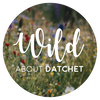
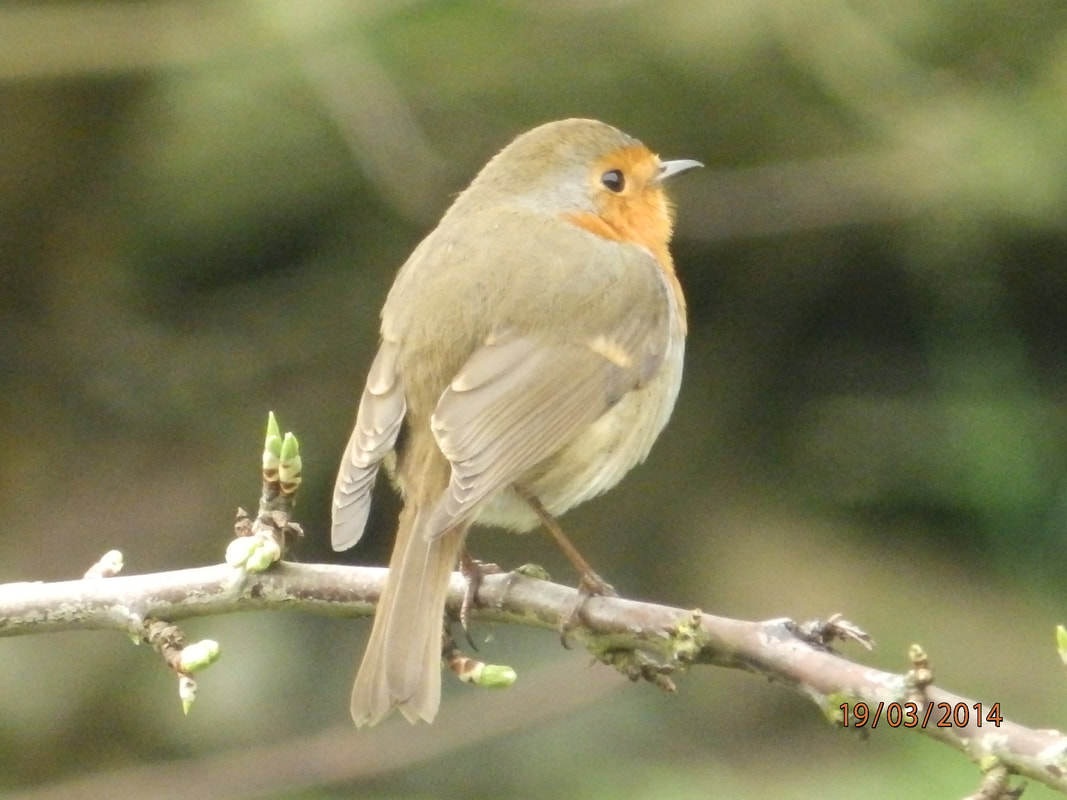
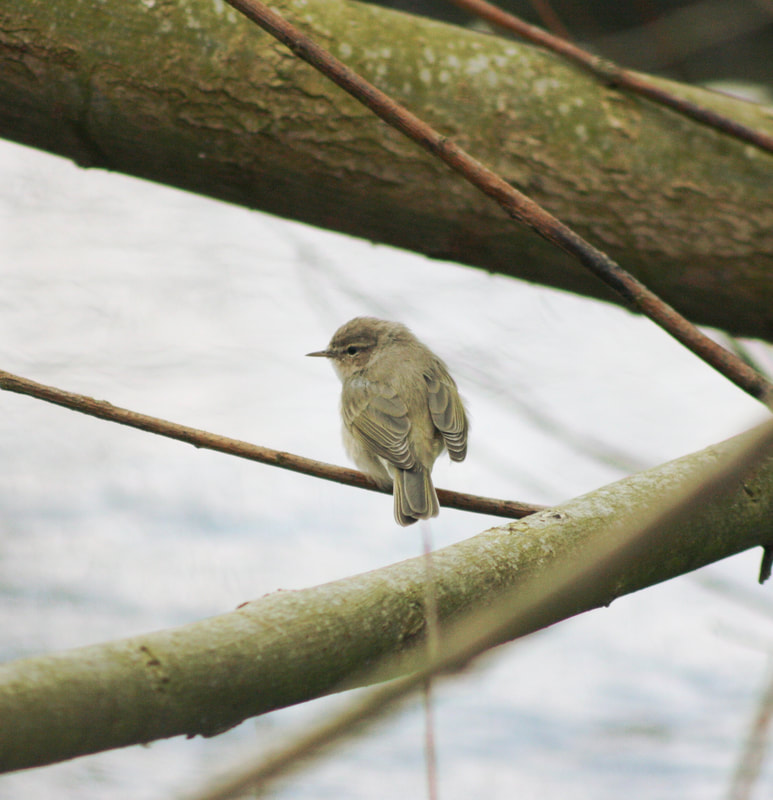
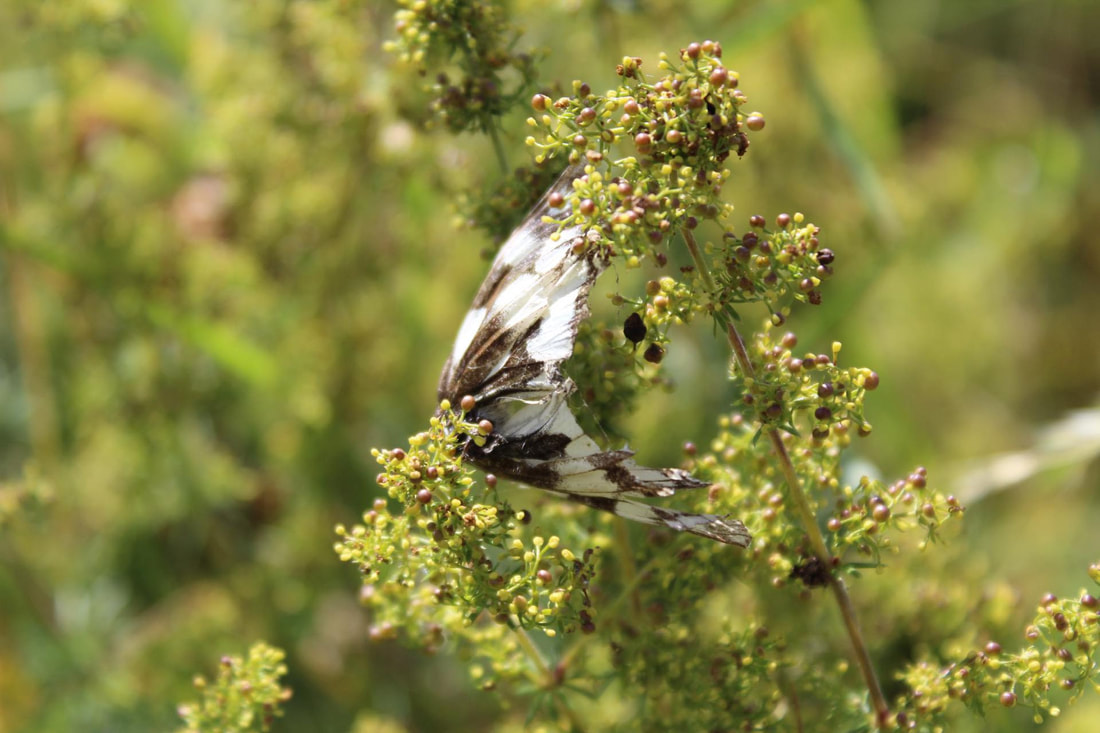
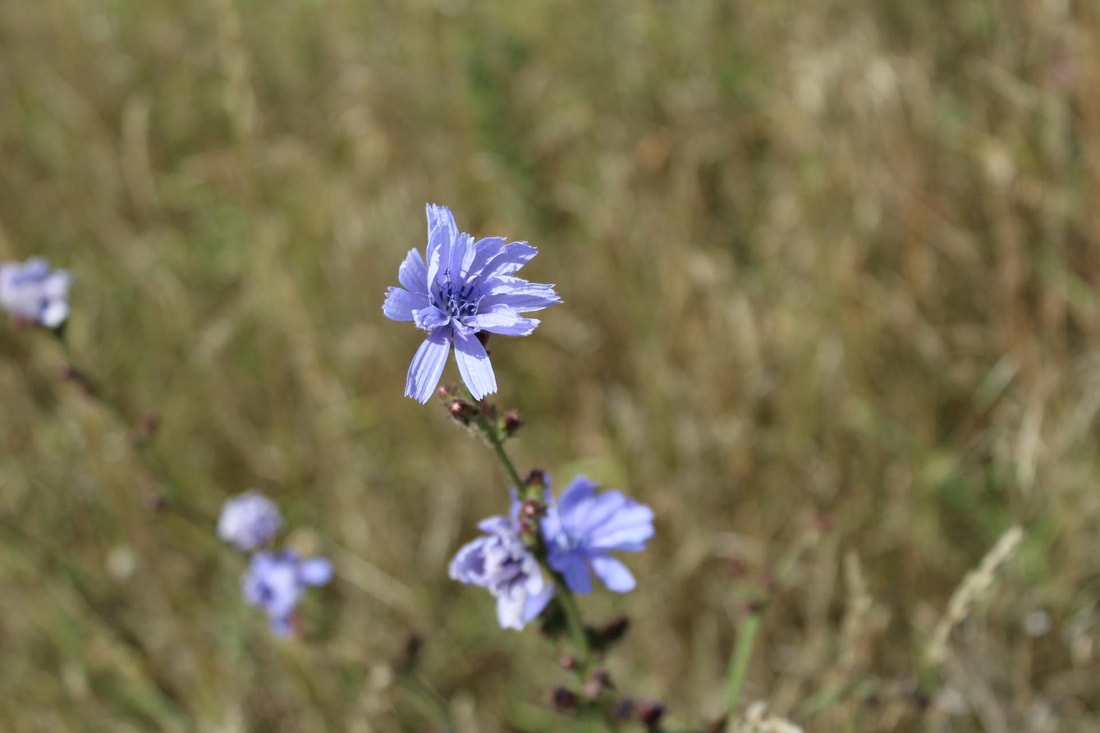
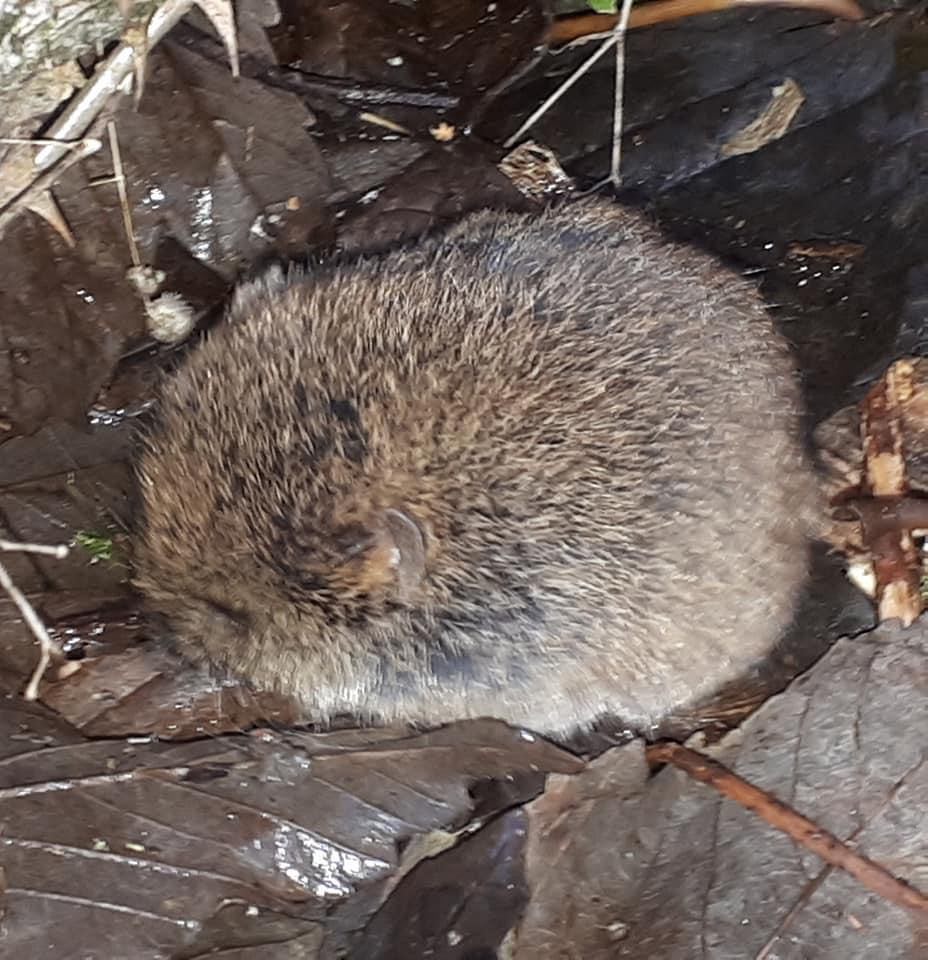
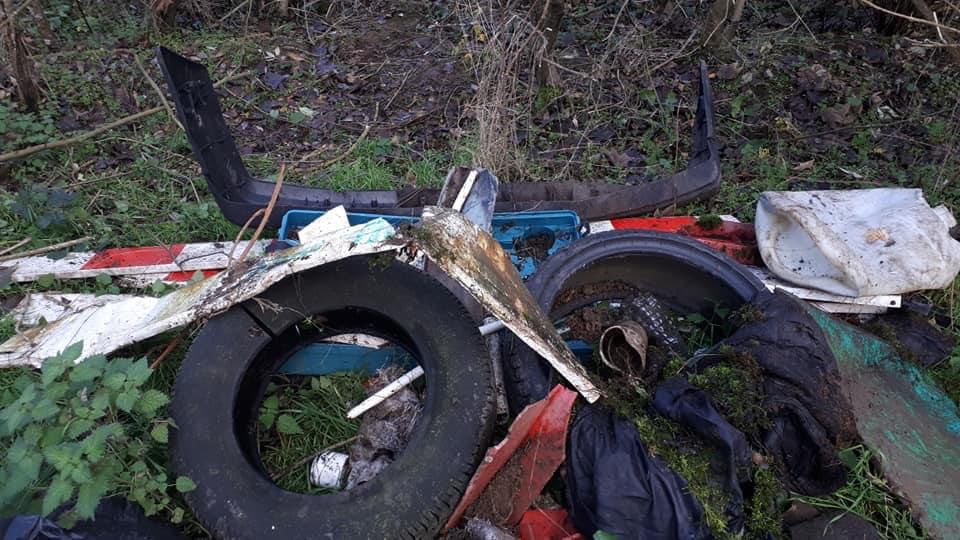
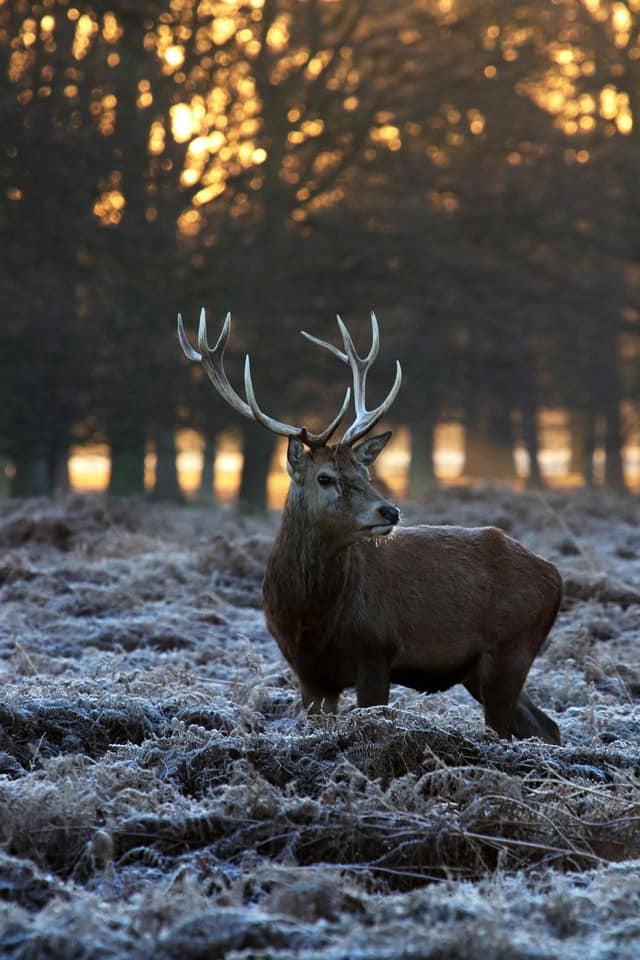

 RSS Feed
RSS Feed
